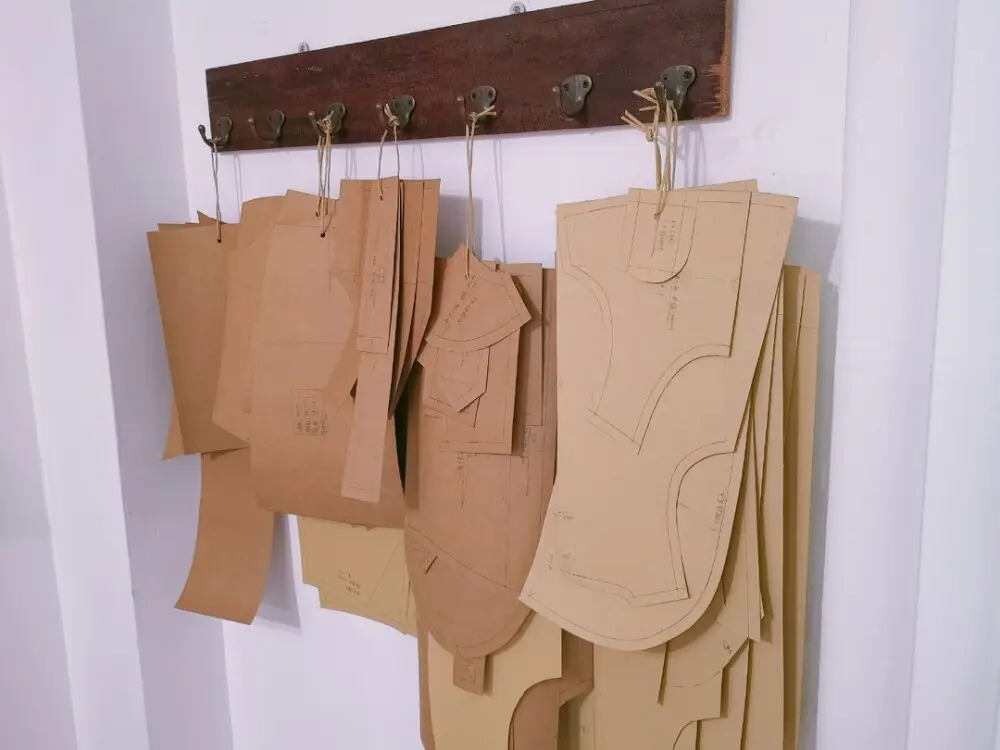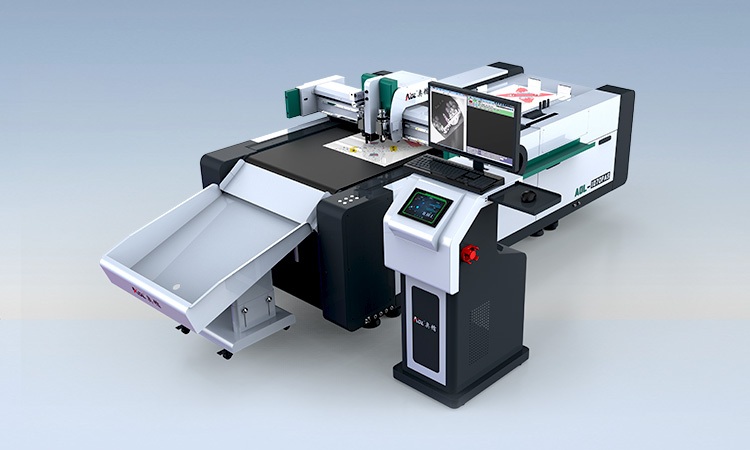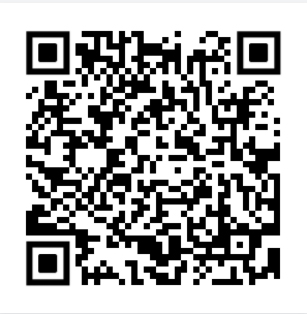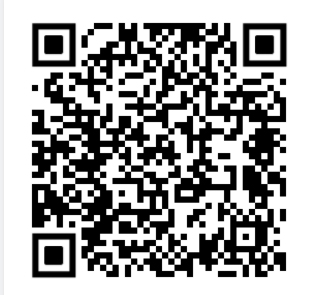What is the paper pattern? What is it for?
There is always a pattern at the heart of a garment: whether it is a skirt, sleeves, or shoes, this support is necessary for the size and shape of the object, because the pattern faithfully reflects the physical dimensions of the garment, and the pattern is the part that makes up the model. Represented on paper, the sections will be cut out, then sewn and cut into a garment.
Therefore, the pattern is an essential part of a good garment and must therefore be cut carefully.

For example, if the insole forms the support base of the foot, the pattern will replicate the dimensions of the foot and the shoe, and the satisfaction of consumers, who always expect comfort, ease of walking and safe use, must be sought.
The most commonly used materials on the market are fiberboard and cardboard. These high-density materials made of cellulose are extremely durable and vary in thickness from 0.7 to 2.5 mm and are available in a variety of shades and colours.
How to cut the paper pattern?
Manual process:
The process of making paper patterns by hand has prevailed until now. It is a precise geometric design whose appearance is tied to specific calculations and proportions, such as width and length; it can be crafted using a client's physical measurements, such as when a tailor tailors a suit, or using standard size measurements.
Cutting machine and pattern digitization:
The patterns had to faithfully reproduce the dimensions of the garment, and the same pattern had to be used multiple times; hence the need to digitize the paper patterns and, most importantly, be able to cut them into durable materials such as cardboard or pressed cardboard.
This has led to an increasing demand for plotters and cutting machines capable of handling materials of varying thickness and consistency, allowing the blades to be used to cut paper and cardboard of varying weights and thicknesses.

The textile industry uses CAD software to digitally process paper patterns, which greatly speeds up and optimizes clothing design, both at the industrial level and at the craftsman level.
Therefore, it is more advantageous to combine the traditional art of the pattern maker with the tools of the most modern technology without compromising the quality and craftsmanship of the finished garment.
Features and benefits of making paper patterns with digital cutting machines:
Nowadays, digital cutting is used more and more in the field of paper patterns. Many model makers opt for CAD design software with varying levels of functionality for defining lines that make up vector files, virtual prototyping of models, series development, production management. CAD systems make design operations faster and allow multiple jobs to be done simultaneously. Time savings is another factor to consider when switching from manual to digital cutting
Cutting plotter or laser machine, which one to choose?
It happens that many companies are faced with the choice between a cutting plotter or a laser for this processing.
In fact, plotters lead to a cleaner finish, and lasers cause the cardboard to burn, stain, and sometimes smoke.
That's why rigid materials like fibers require blades rather than lasers.
Even small companies can aim to increase productivity with the support of digital solutions that simplify information and procedures.
This clearly constitutes a significant competitive advantage in the context of a more dynamic and changing market than in the past, which is increasingly focused on immediacy and personalization. It can improve your work efficiency and save labor and material costs.





